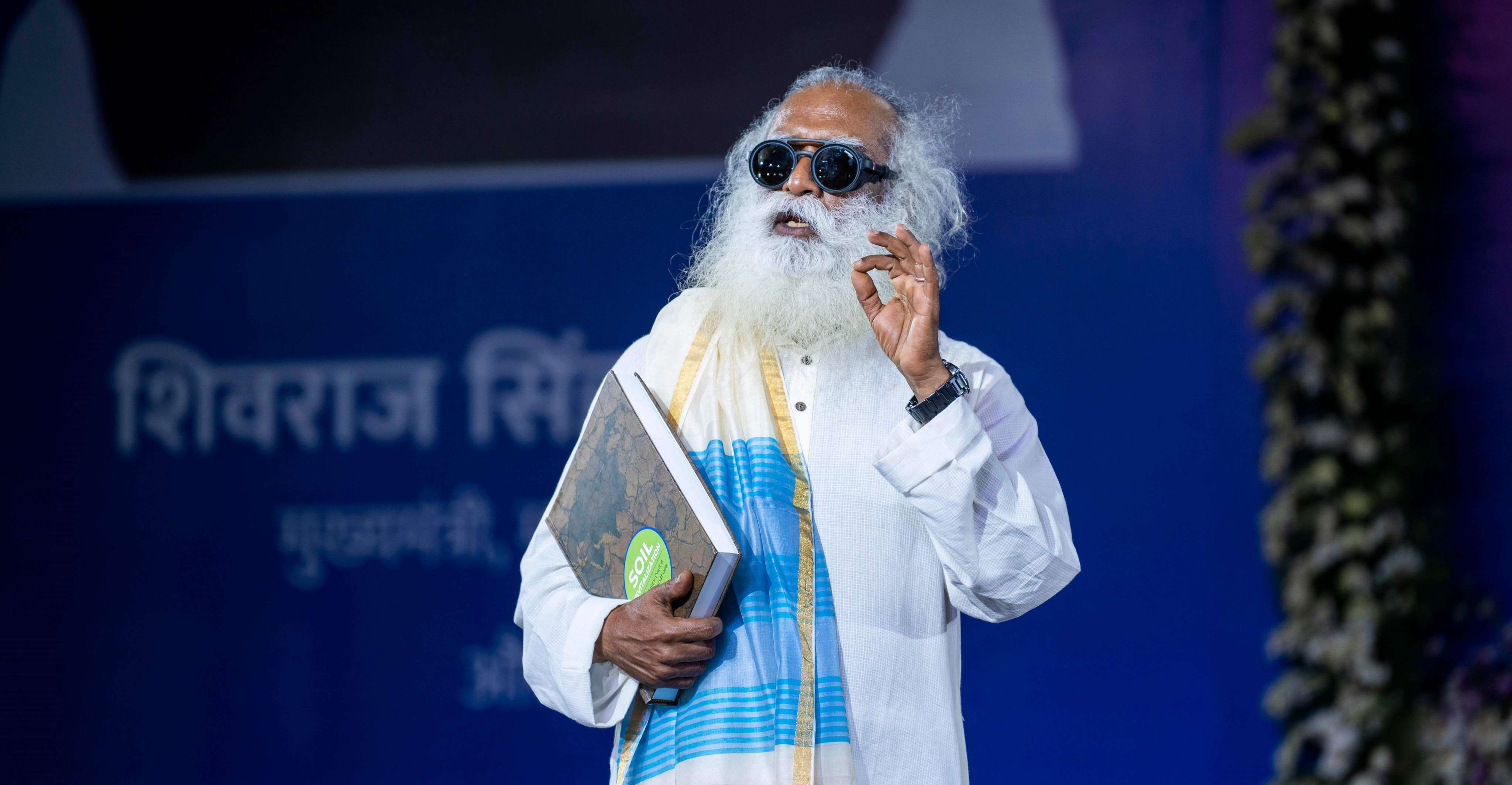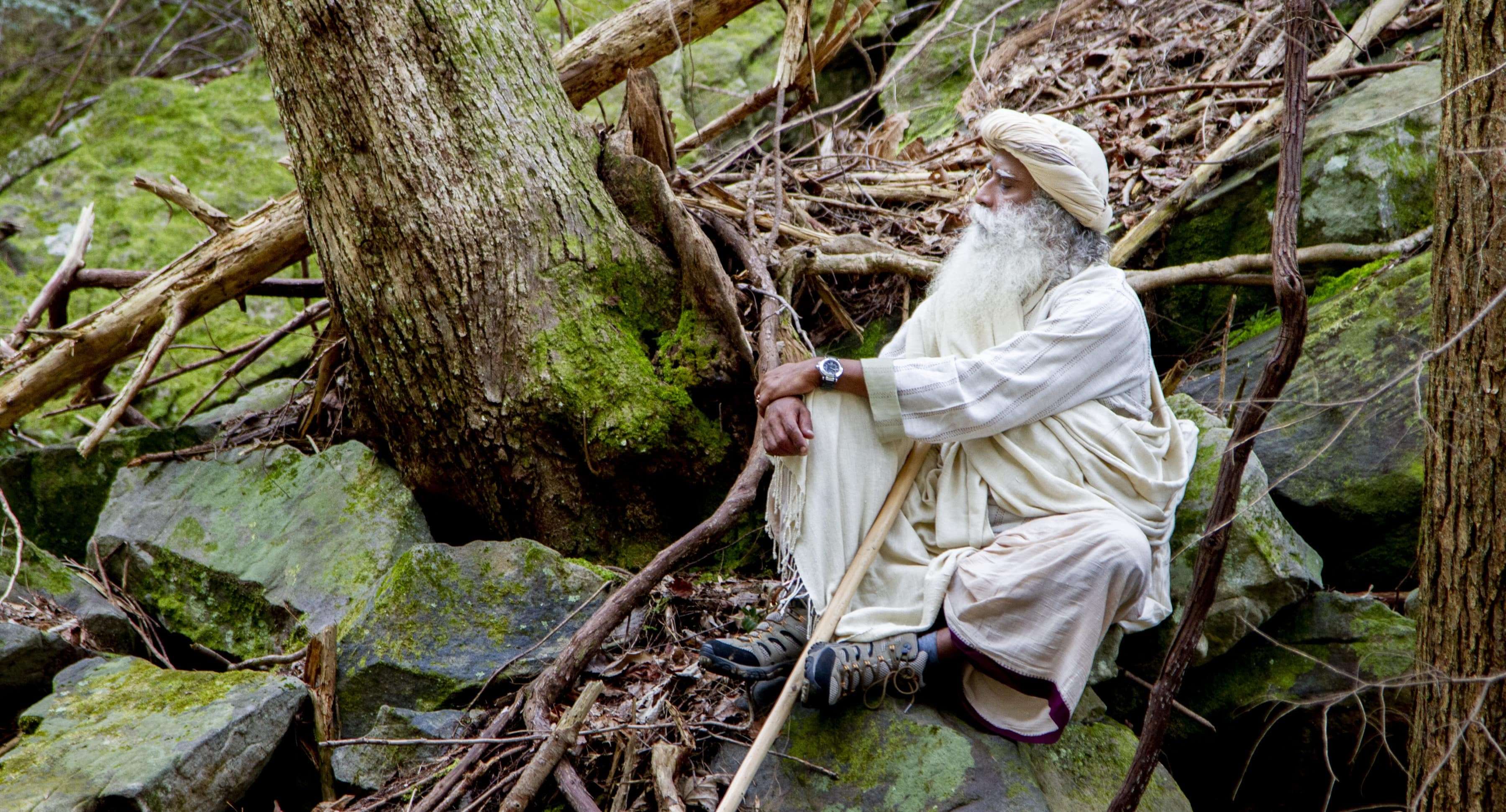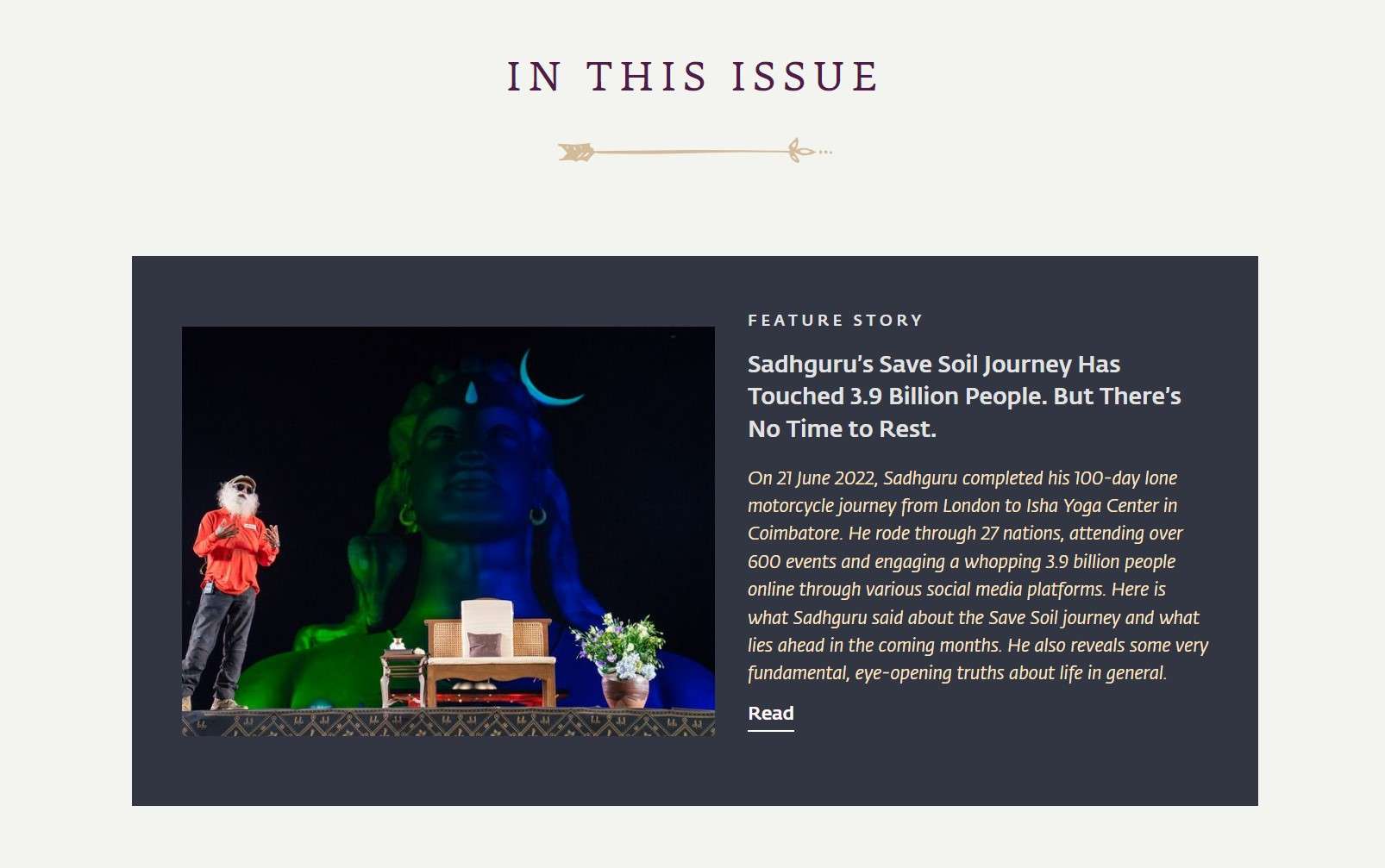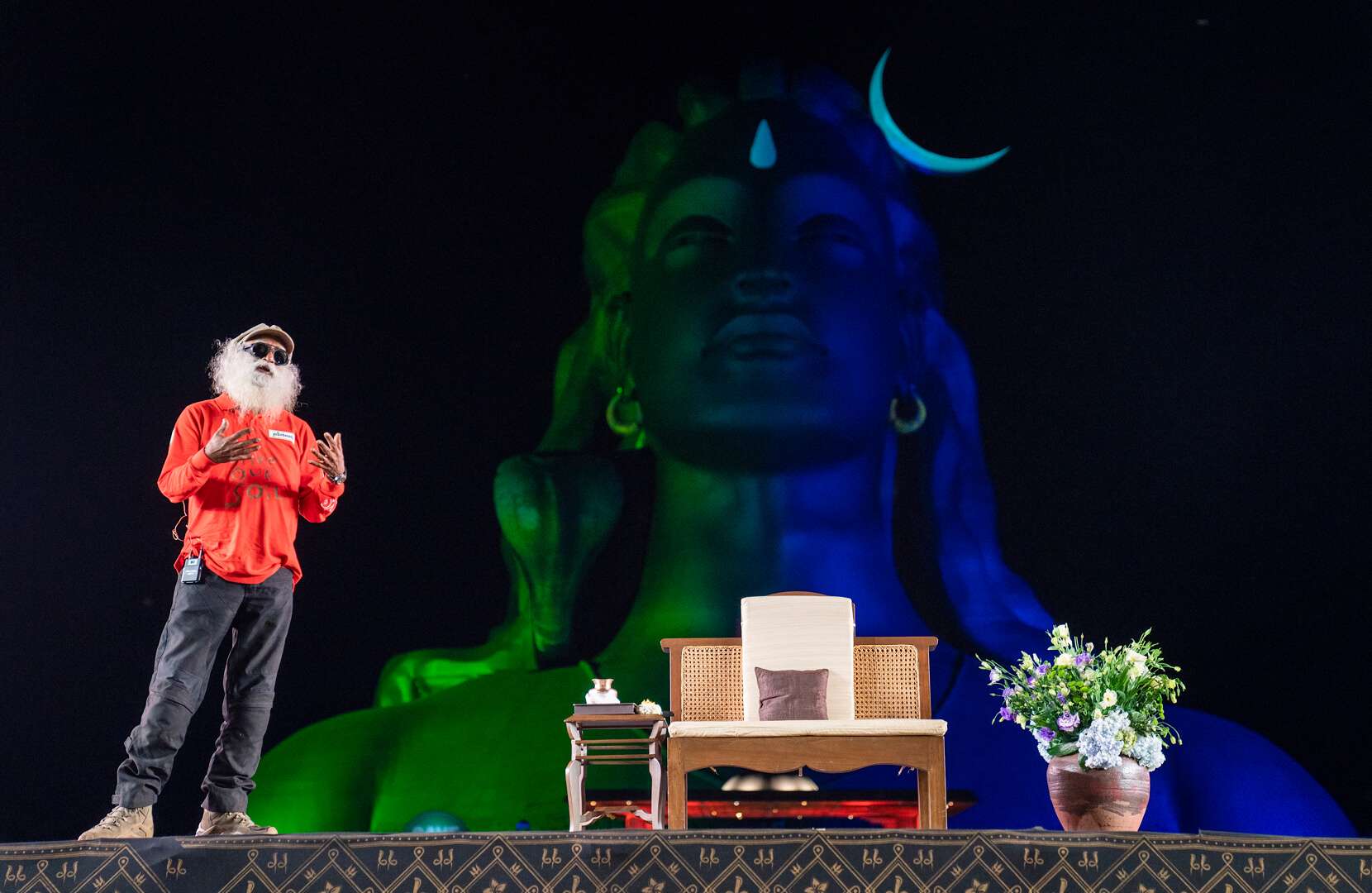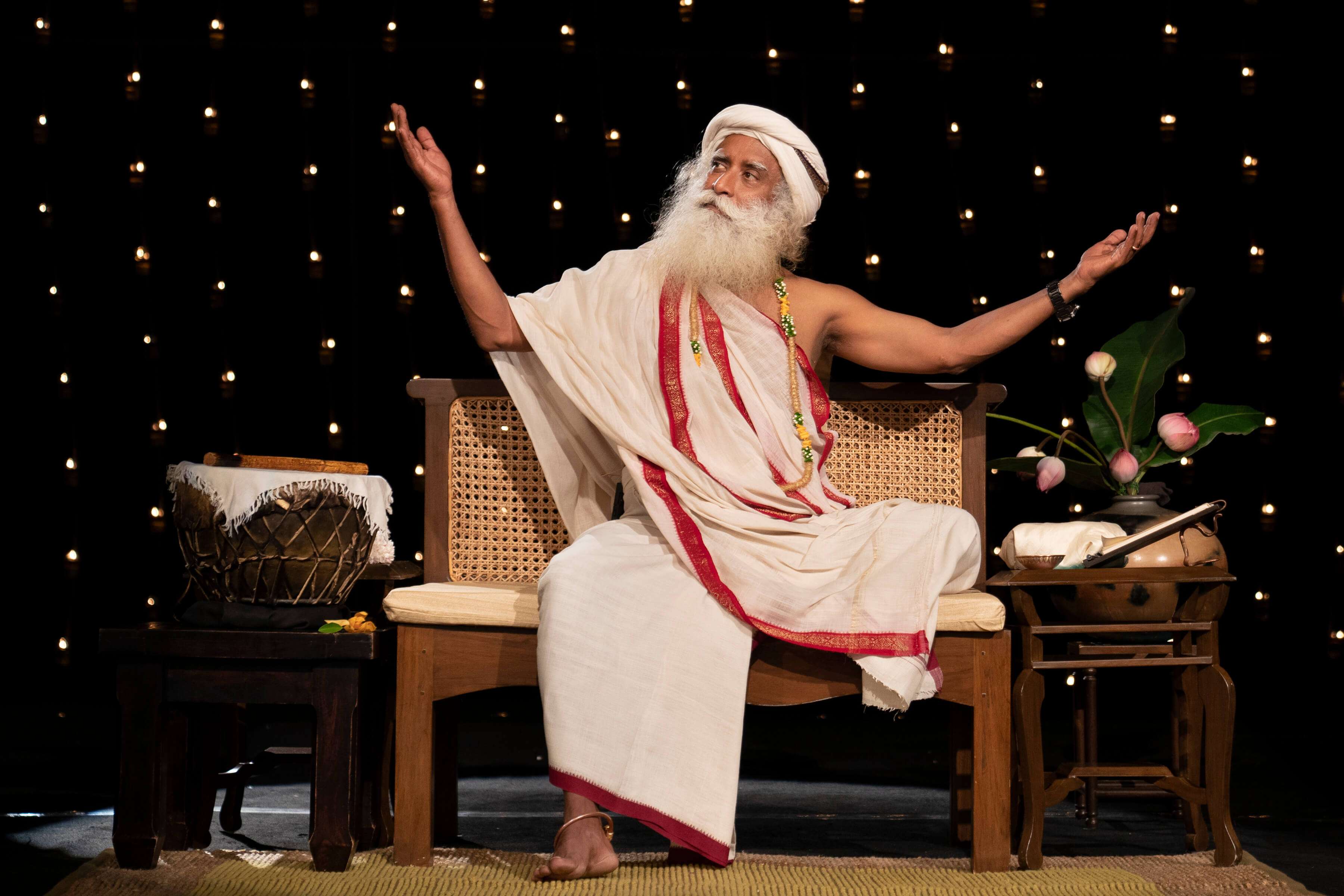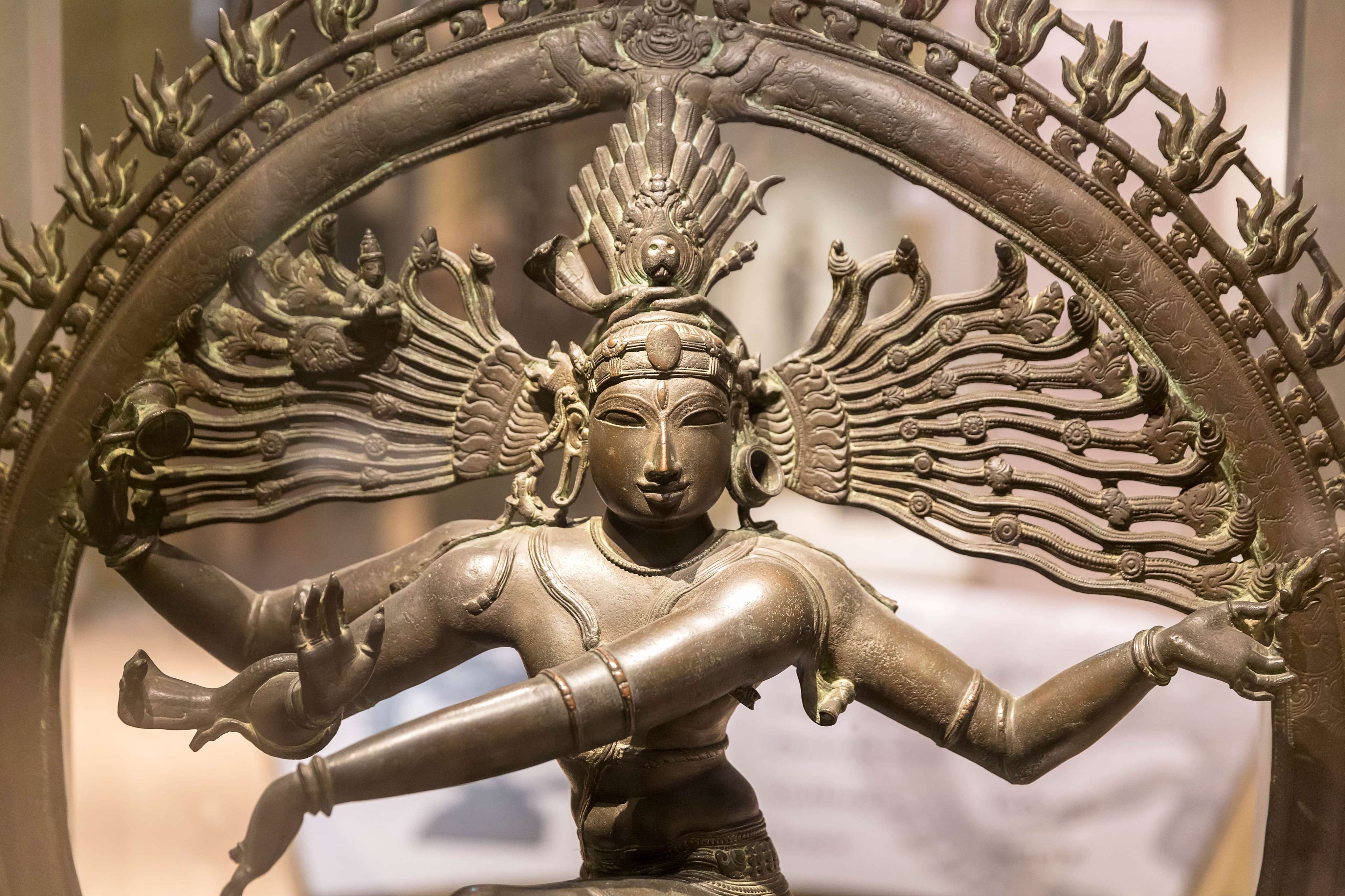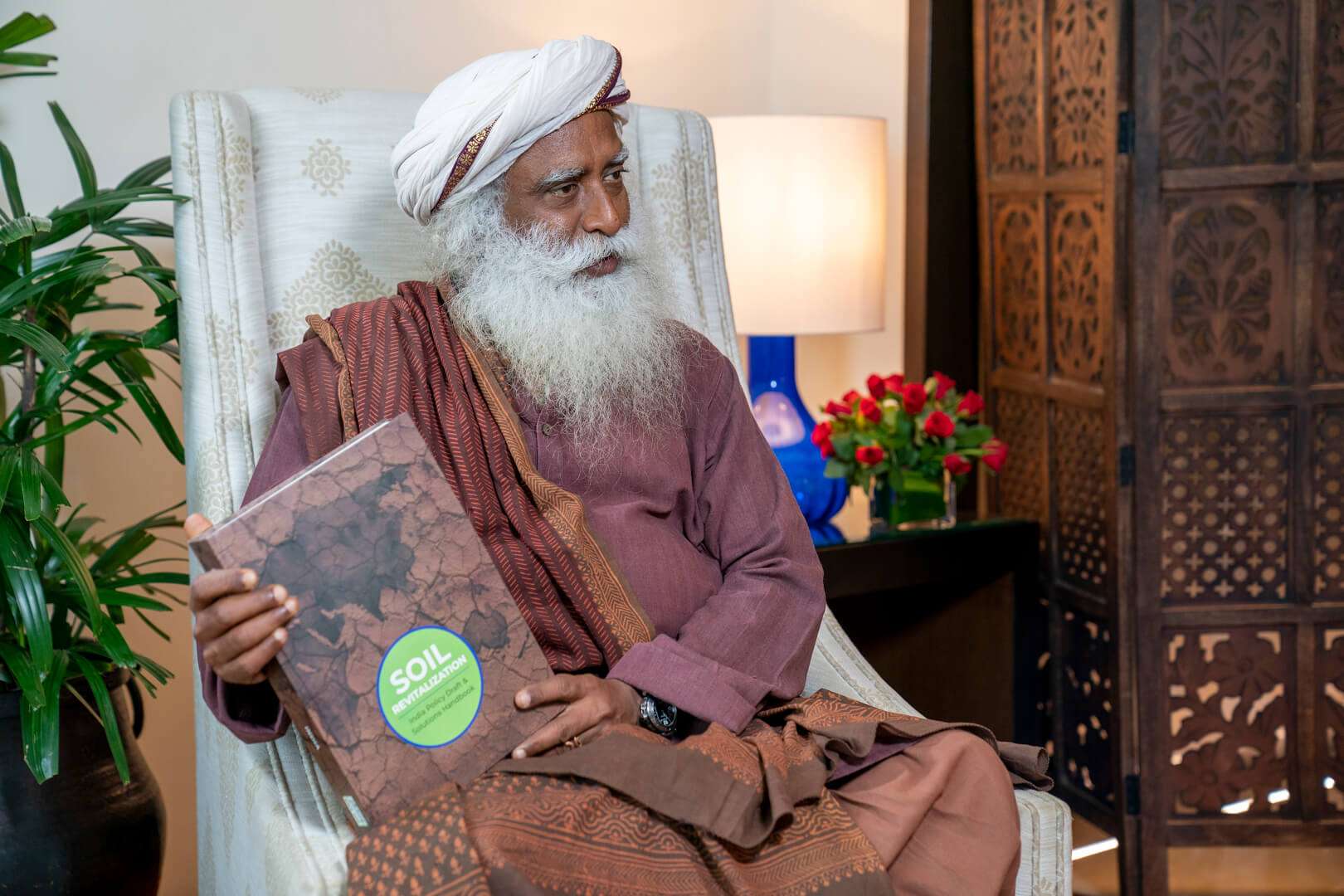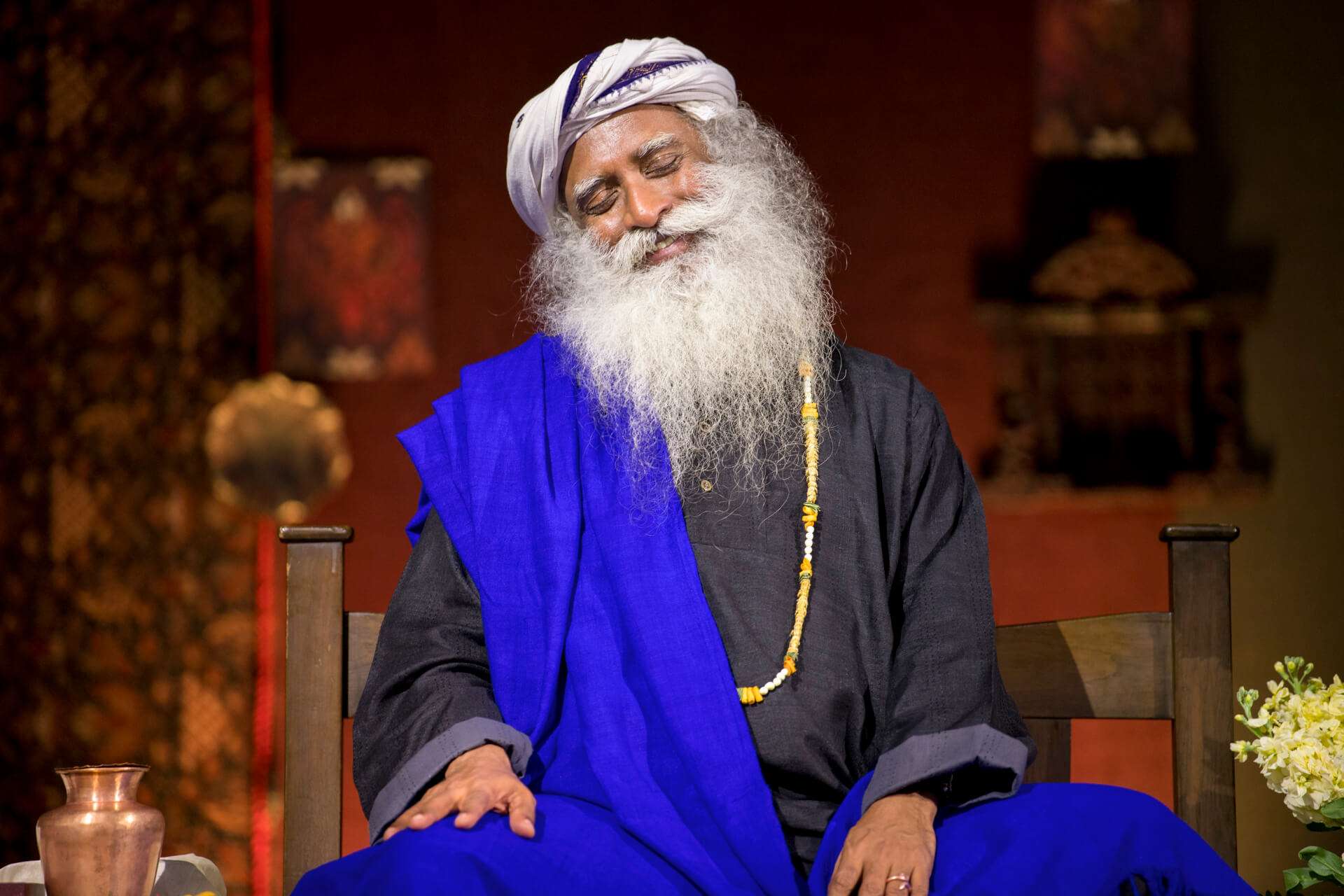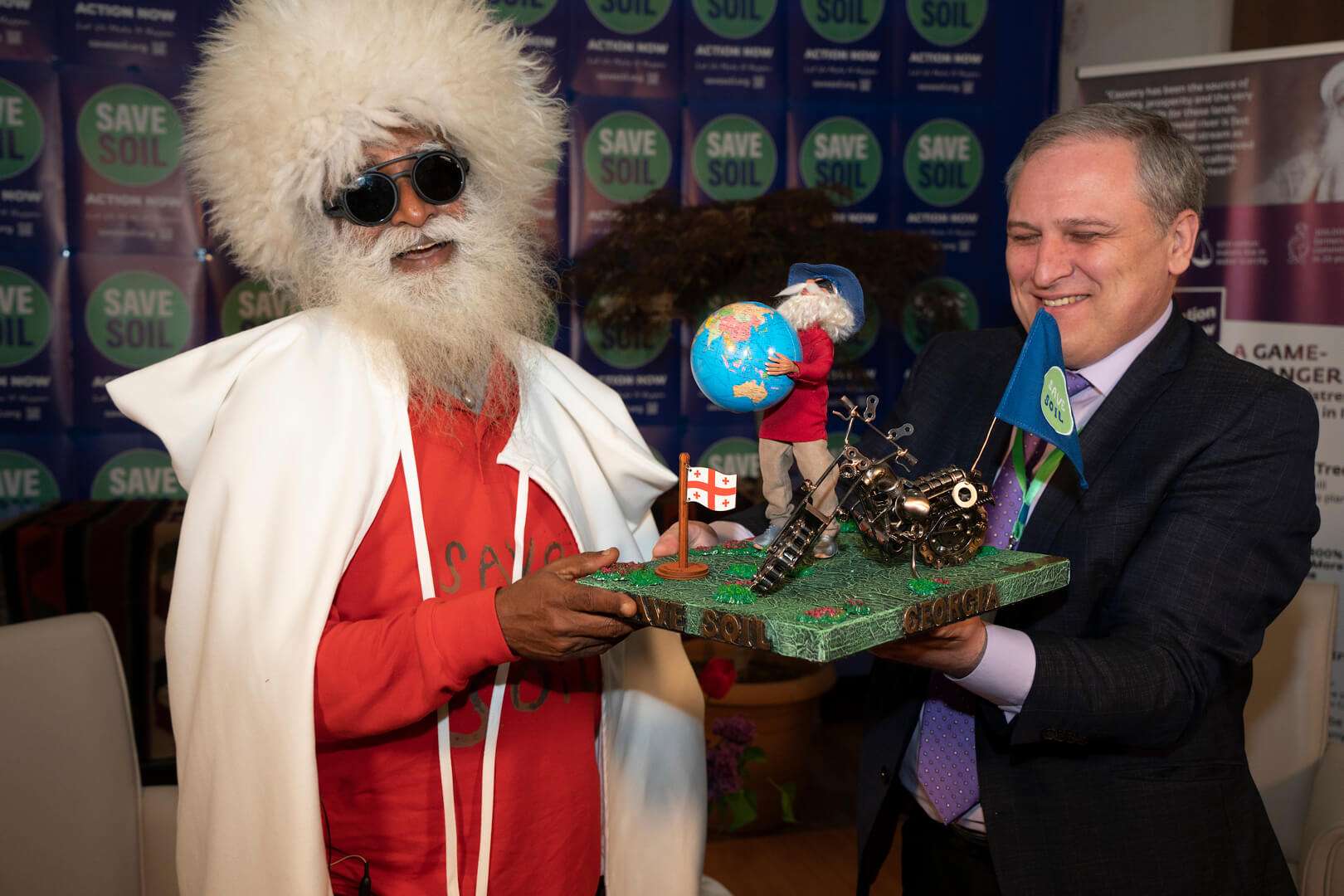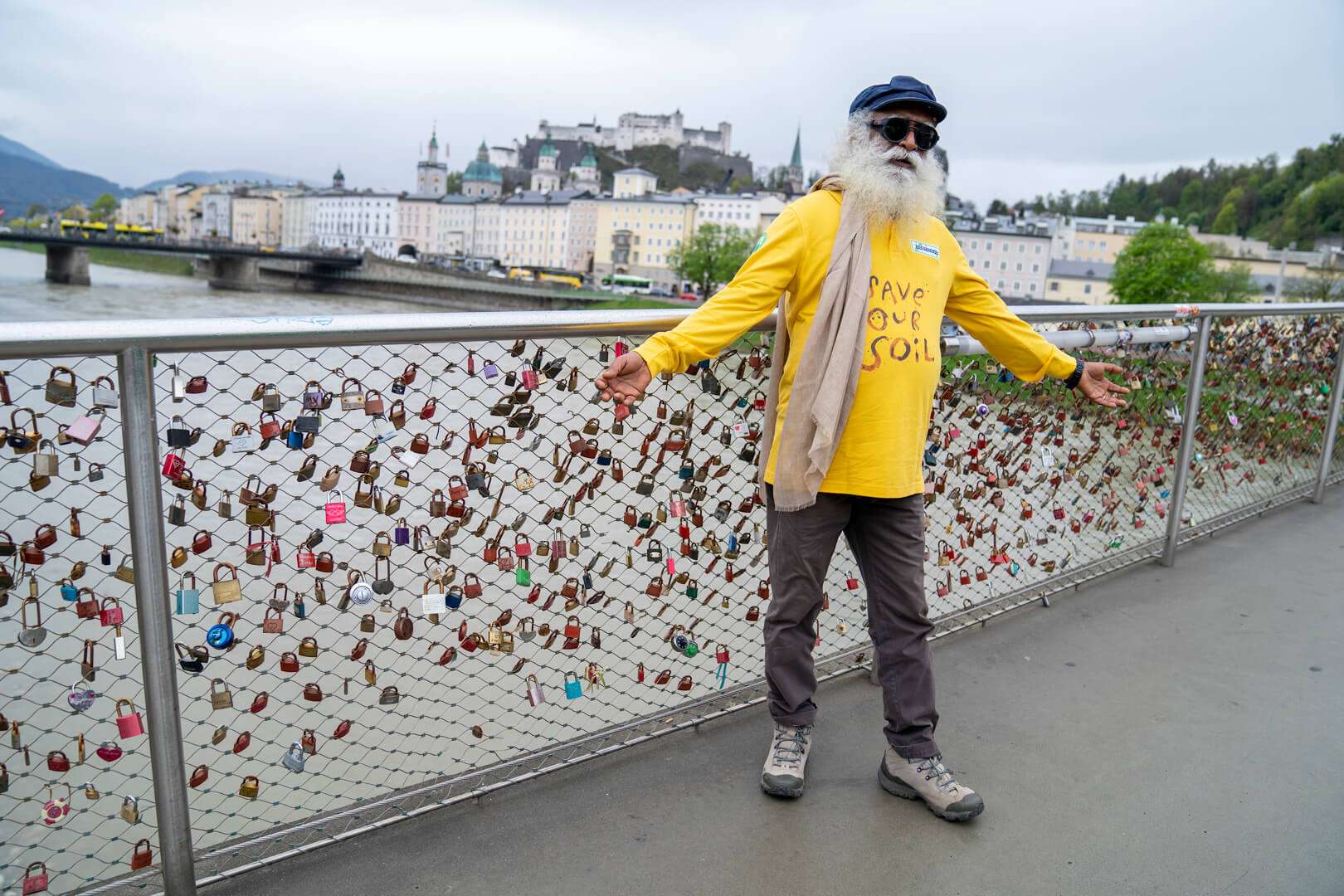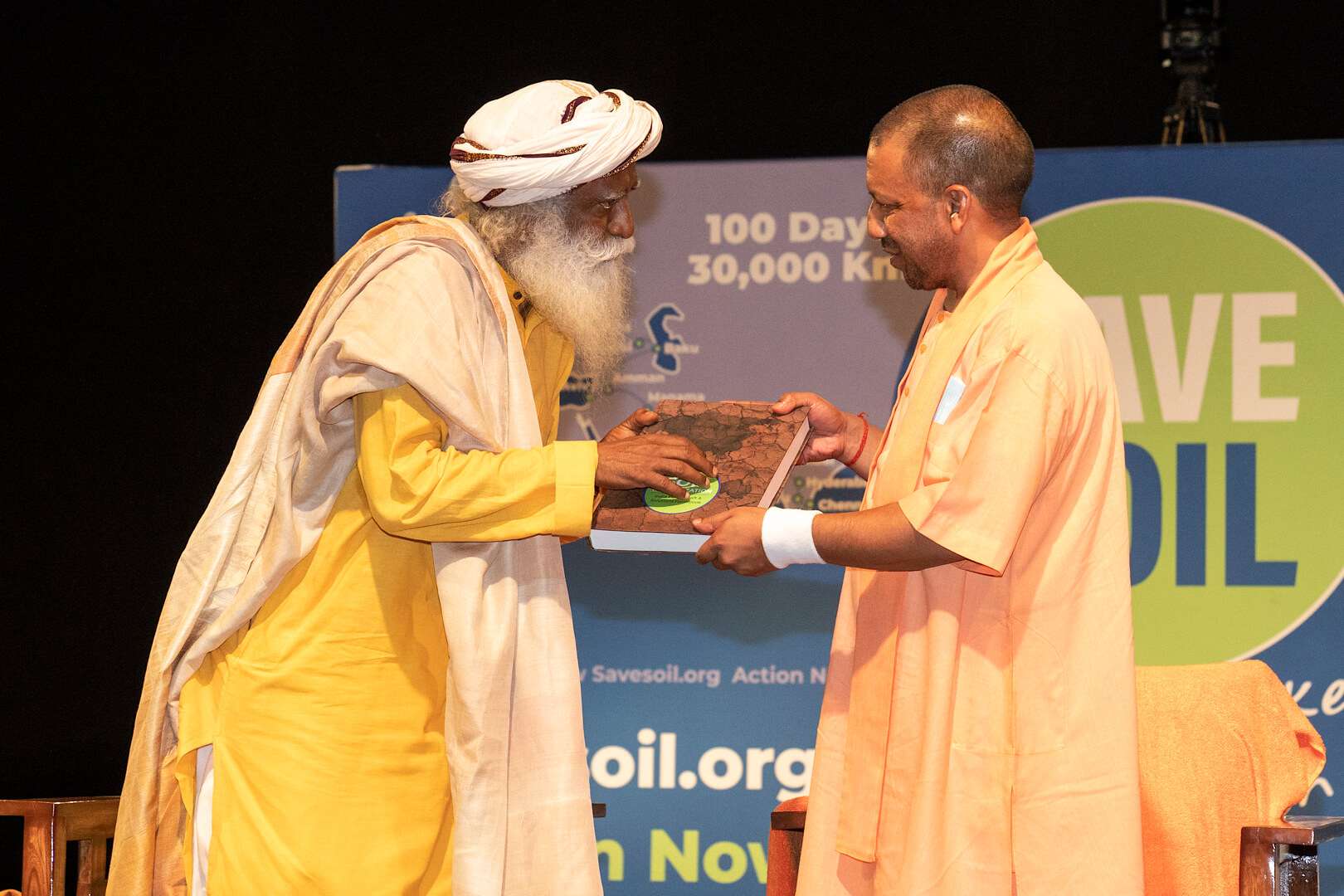
The Invisible Heart of the Save Soil Movement
As Sadhguru reached out to people in Europe, Central Asia, and Middle East while on his journey of 30,000 km across the globe as a lone motorcyclist, another group of equally passionate and dedicated Earth Buddies worked tirelessly on what can be called the essence of the movement – the Soil Revitalization Global Policy Draft & Solutions Handbook.
This handbook is at the heart of the global Save Soil movement because it not only points out the ecological and economic dangers of ignoring soil health, it also offers recommendations on improving soil organic content and the multifaceted benefits of this necessary intervention. The handbook has now become an integral part of Sadhguru’s global Save Soil movement. It has been given to policymakers and government functionaries across the world.


What Is in the Save Soil Policy Handbook?
Praveena Sridhar, technical lead for Conscious Planet, shares, “More than a year ago, Sadhguru told us about the Conscious Planet – Save Soil movement and asked us to look for solutions.”
That idea has now blossomed into reality as the Soil Revitalization Global Policy Draft & Solutions Handbook is ready in all its customized versions – based on continent/region (Africa, Asia, Europe, Latin America, Middle East & North Africa, North America, and Oceania). The full global version of the handbook is 568 pages.
Praveena explains, “Scientists and lawmakers of most parts of our world are aware of the threat faced by soil. Scientific research on soil fertility has been happening since the 1970s.” In this handbook, the volunteers have collated a massive amount of relevant information and pointed towards possible solutions according to various agro-climatic zones of the world.
Chapter 1 of the handbook deals with soil degradation and its causes, and the ramifications of this degradation for ecology and humans. The second chapter explains the complex soil microbiome and how maintaining a minimum soil organic content of 3–6% is the fundamental solution for the revitalization of soil. Chapter 3, the bulk of the handbook, assesses current policy ecosystems in the world and provides recommendations on region-specific policies to revitalize soil. The fourth and last chapter details Conscious Planet’s approach to sustainable soil management solutions based on agro-climatic zones and soil types for various regions of the world.
Apart from the various versions of the handbook, numerous country-specific supporting documents were put together. These documents are a continuation of Chapter 4 of the handbook and contain practical, scientific solutions to revitalize soil based on agro-climatic zones and soil types in different countries.

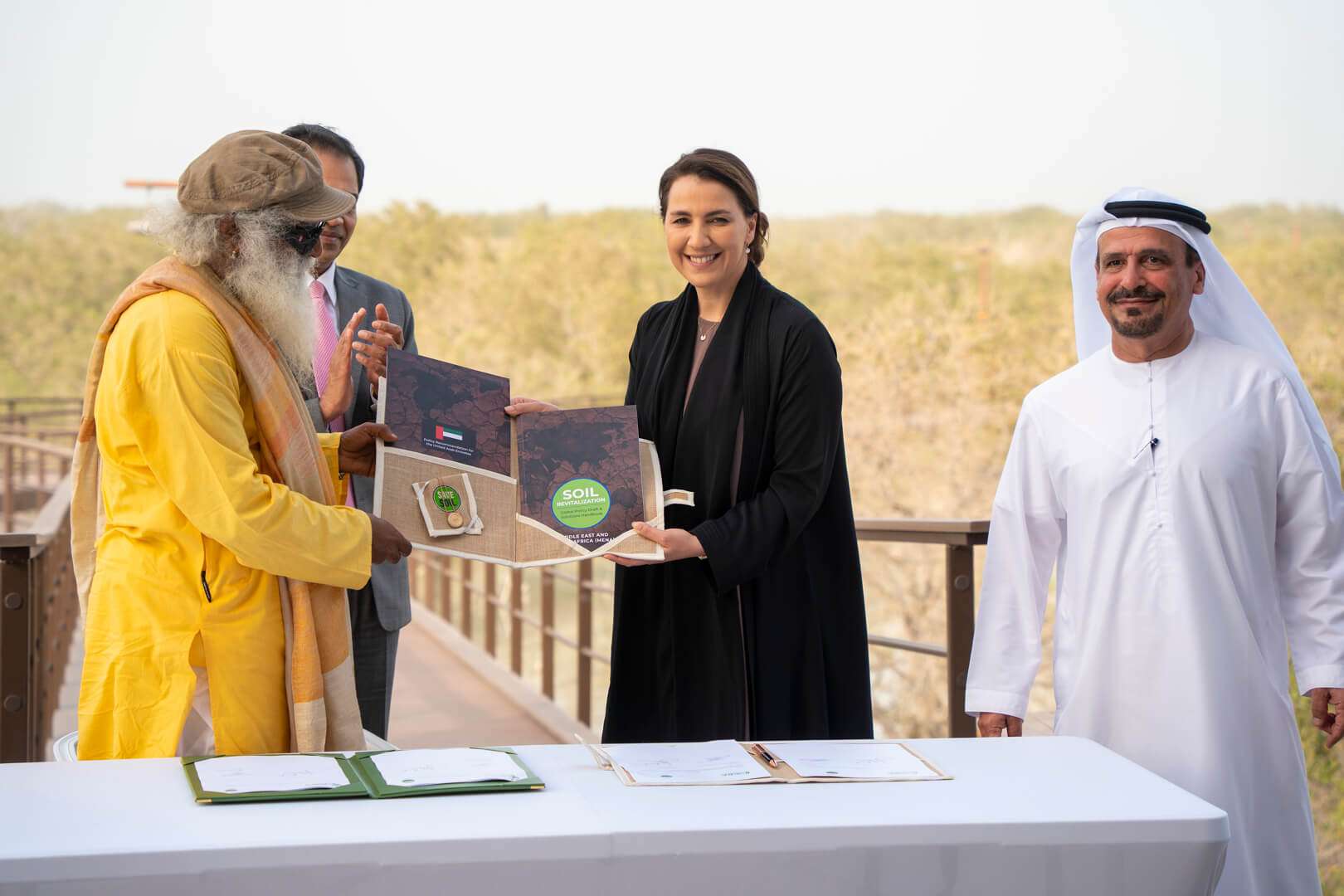
A Global Team Comes Together as One
A graduate of Stanford University with an M.S. in Environmental Engineering and Sciences, and holding a Master’s degree in Public Policy as well as experience as a consultant for UNICEF, Praveena brought all her expertise to the table to handle the task entrusted to her. She had also been a core volunteer who had prepared Rally for Rivers’ 760-page book Revitalization of Rivers in India – Draft Policy Recommendations that was later accepted by the Government of India. And yet, the mysterious field of soil science was not so familiar to her. She shares: “I studied soil health requirements and consulted scientists in India, Germany, and Australia before finalizing our research approach.”
She along with a team of 20 volunteers began work on the handbook. As the weeks passed, the number swelled to over 100. They comprised of people from all over the world – North America, South America, Europe, Asia, and Africa – who had never met each other. The work at hand was monumental, the subject new, and the time for completion was extremely tight. But, the tall challenges only drew them together across time zones and firmed their resolve.
Brook, a member of the coordination team for the 100+ research volunteers, shares: “The project brought together people like me with very little experience in the subject, collegians, people with PhDs, experienced IT professionals, and several individuals with diverse backgrounds representing five continents. But all the differences were set aside by the sheer willingness to make it happen. Where else on Earth can we contribute to such a cause which is vital for the world’s wellbeing, and that too, impactful in such a short period of time?”
To ensure that work on the project never stopped, a Google Meet room was kept active round the clock by the organizing committee of the project, headed by Praveena. The idea was to answer questions of researchers across the world, and to provide them with the necessary help to keep the work going. That apart, a volunteers’ meet was conducted every Sunday.
The volunteers were stretched to their limits, doing a balancing act between their families, professional commitments, and home chores while prioritizing their research, information collating, fact-checking, and vetting. “A PhD student in Germany kept up her research even while staying abreast with her studies,” recollects Brook. Meanwhile another volunteer from Nigeria worked through frequent power outages.
One researcher in the US faced family emergencies and had to move her child from one city to another, but she did not pull back from her dedication to research and collate content. “It was inspiring to watch her continue the work despite all the challenges,” says Praveena.
Together, the volunteers formed an unshakeable global network, armed with the will to make it happen. They went on to accomplish something that was almost superhuman – what would normally take an organization several years was completed in a fraction of that time.

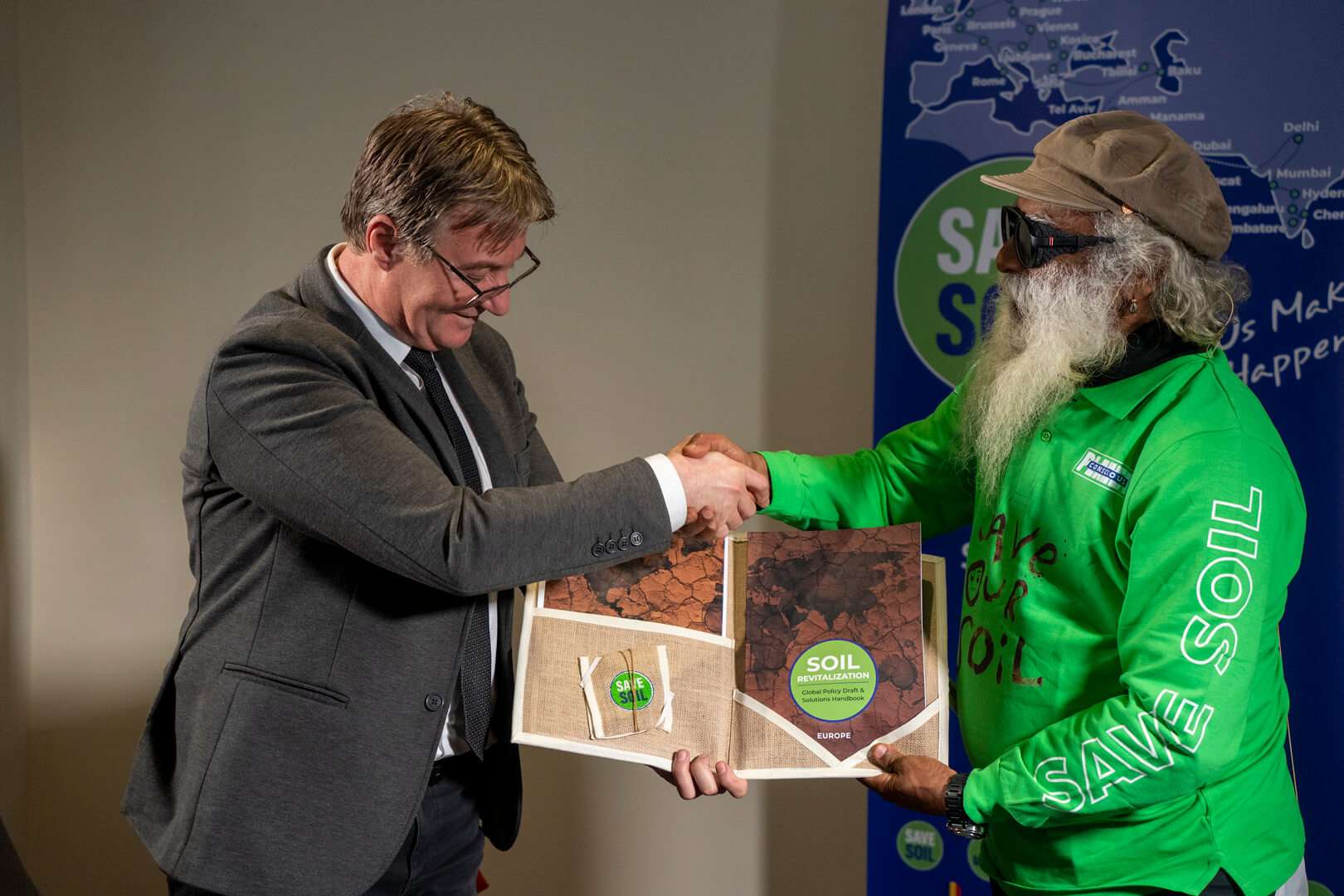
Publications and Design – Until the Break of Dawn
Once the content was drafted, it had to go through the Publications circuit at Isha Foundation for editing and design. The technical team and the Publications worked in tandem, and many sleepless nights ensued.
Maa Idaa, who is part of the English Publications department at Isha Foundation, says, “It was quite a challenge for us because we were learning the technical aspects of soil science and policymaking as we went. I come from a biology background, and for a couple months, it felt like I was back in college!”
Janani, who was involved in editing, shares: “Even though many people in the team were not scientists or subject-matter specialists, they did an exemplary job through sheer involvement and dedication. They proved what people can achieve when united towards one goal.”
For graphic designer Munsamy, working at unearthly hours from his home in Coimbatore became the norm. He would often be in online meetings at his workstation, designing the inside pages of the handbook and many country-specific documents until 4 a.m. “I feel honored to be able to contribute to such a huge project. My contribution is nothing when compared to Sadhguru’s arduous journey as a lone motorcyclist. His sacrifices and the extreme physical duress that he is undergoing to awaken the world have inspired us all to go beyond our personal limitations. When I am immersed in designing the book, then time, food, sleep, or other factors do not matter,” he says.
Maa Idaa shares, “Even on Mahashivratri night, when celebrations were in full swing at the Isha Yoga Center, a team of people from the Publications was working at a desk near Adiyogi, amidst all the music and cheering, to edit and design the handbook.”


Unstoppable Even in the Face of Adversity
Neha Kaushik, who is part of the Conscious Planet team, shares: “We coordinated with Europe and Middle East volunteers to print the handbooks. We were keeping a close eye on Sadhguru’s itinerary, so we could finish the handbooks and documents in time for each country he would pass through. We set up multiple micro-deadlines for each of the teams.”
Just when everything seemed to be going along smoothly, suddenly Sadhguru’s route changed! New countries were added to the journey, and the teams were sent into a flurry several times, as they scrambled to get the material ready again.
However, the biggest challenge came in the form of tragedy. Maa Idaa shares, “We were working at breakneck speed, not sleeping, and barely meeting the timelines. It was 10:00 p.m., and I was editing at my computer, when Praveena akka called me to say, ‘My father passed away. I have to go to Chennai.’ I felt my stomach plummet in horror. Before I could properly process what she said, her next words left me flabbergasted: ‘But I will finish the chapter by the end of the week.’
“I was amazed at her strength, resilience, and absolute commitment. It was an unexpected, untimely death that came as a shock. But still, I could not honestly tell her not to worry about the work and just be with her family. Because I knew we had no choice about it. She knew it, too. We were in the middle of a critical movement for our planet that was much bigger than us, and Sadhguru was risking his life – we had to make it happen. And within a few days, after the last rites, akka called me back to say that she was on the job. I could only bow down.”

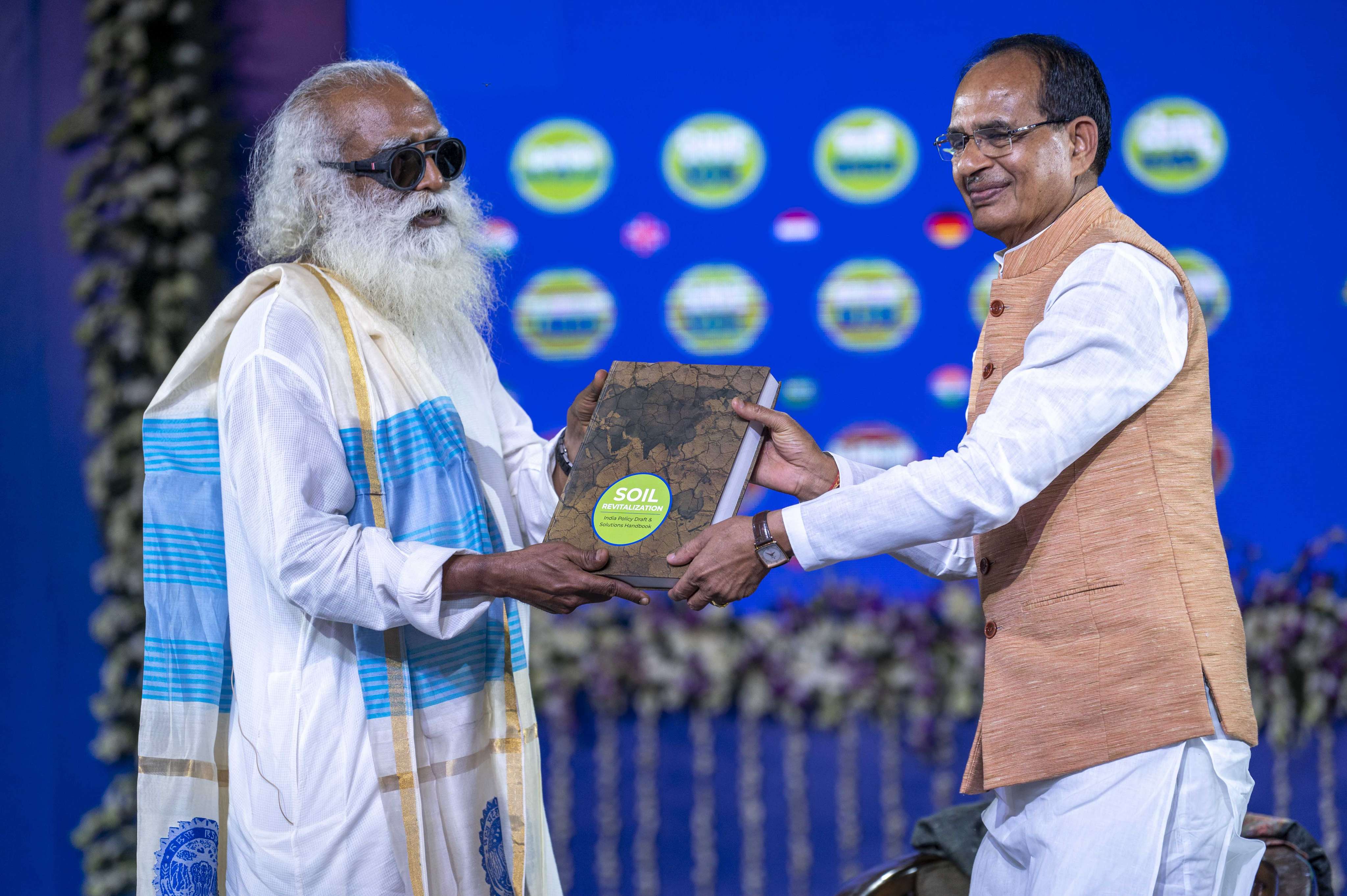
Getting Ready for the Next Phase
Amidst personal losses and unpredictable spanners in the works, through the sweat of many volunteers working behind the scenes, the Save Soil Policy Handbook is complete. Praveena shares, “This project has taught me that everything and anything is possible.”
Though the volunteers came together as a bunch of unknown faces and names, they developed a special bond and became like a family, relying on each other during moments of crisis. When the project was drawing to a close, many found it difficult to bid adieu and head back to their daily professional schedules.
But they may be reunited again soon, as the work is far from over. With the end of the 100-day journey – the social media buzz, songs, dance, art, and awareness efforts – the real work begins with experts and governments of every country, until the policies are done. Soon it will be time for the teams to quietly put their noses to the grindstone again.
Save Soil. Let us make it happen!
